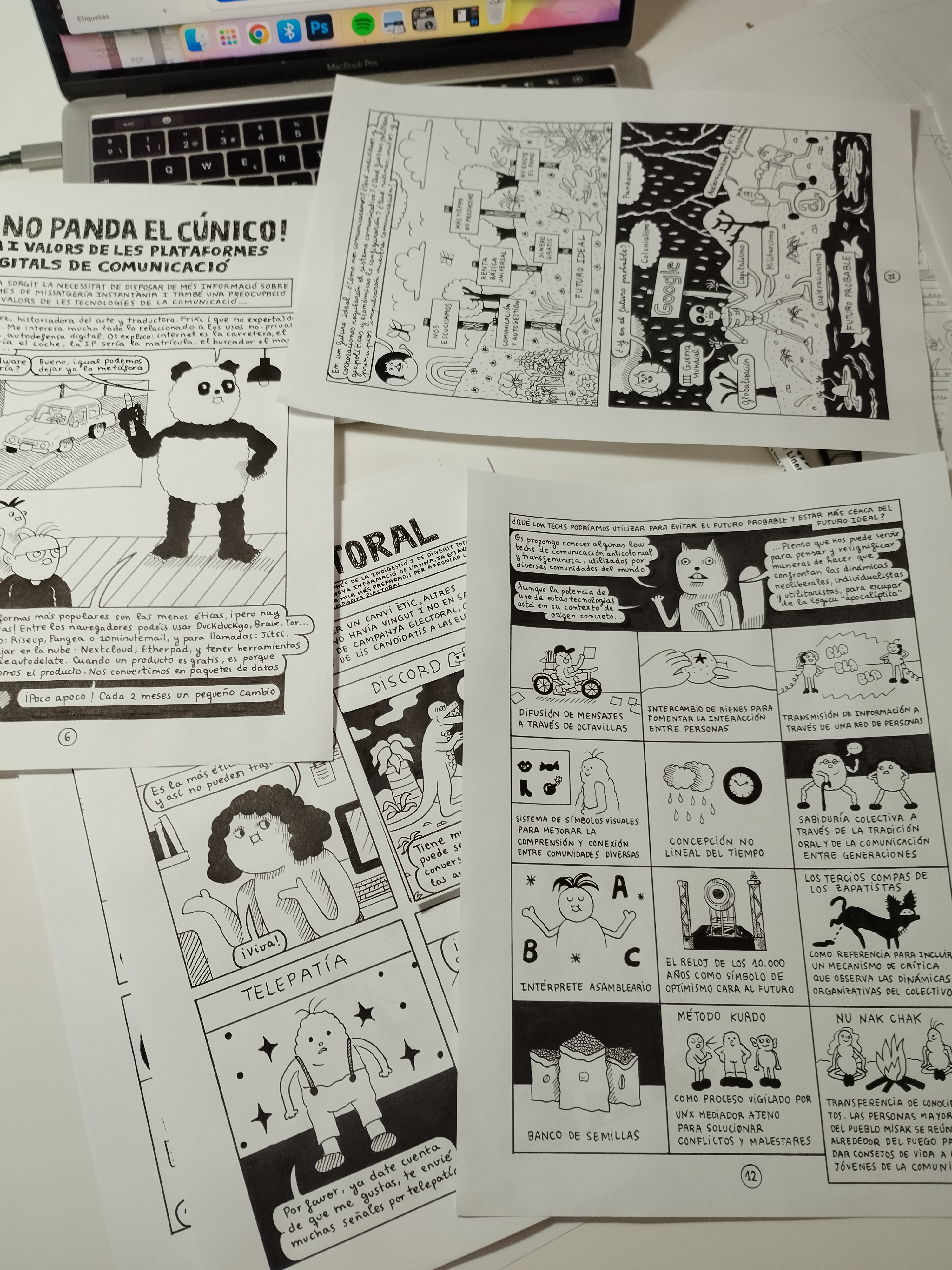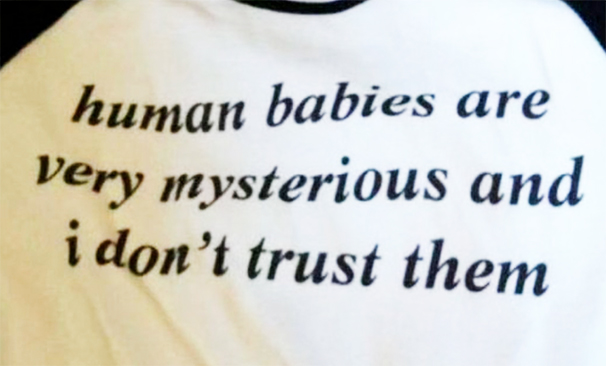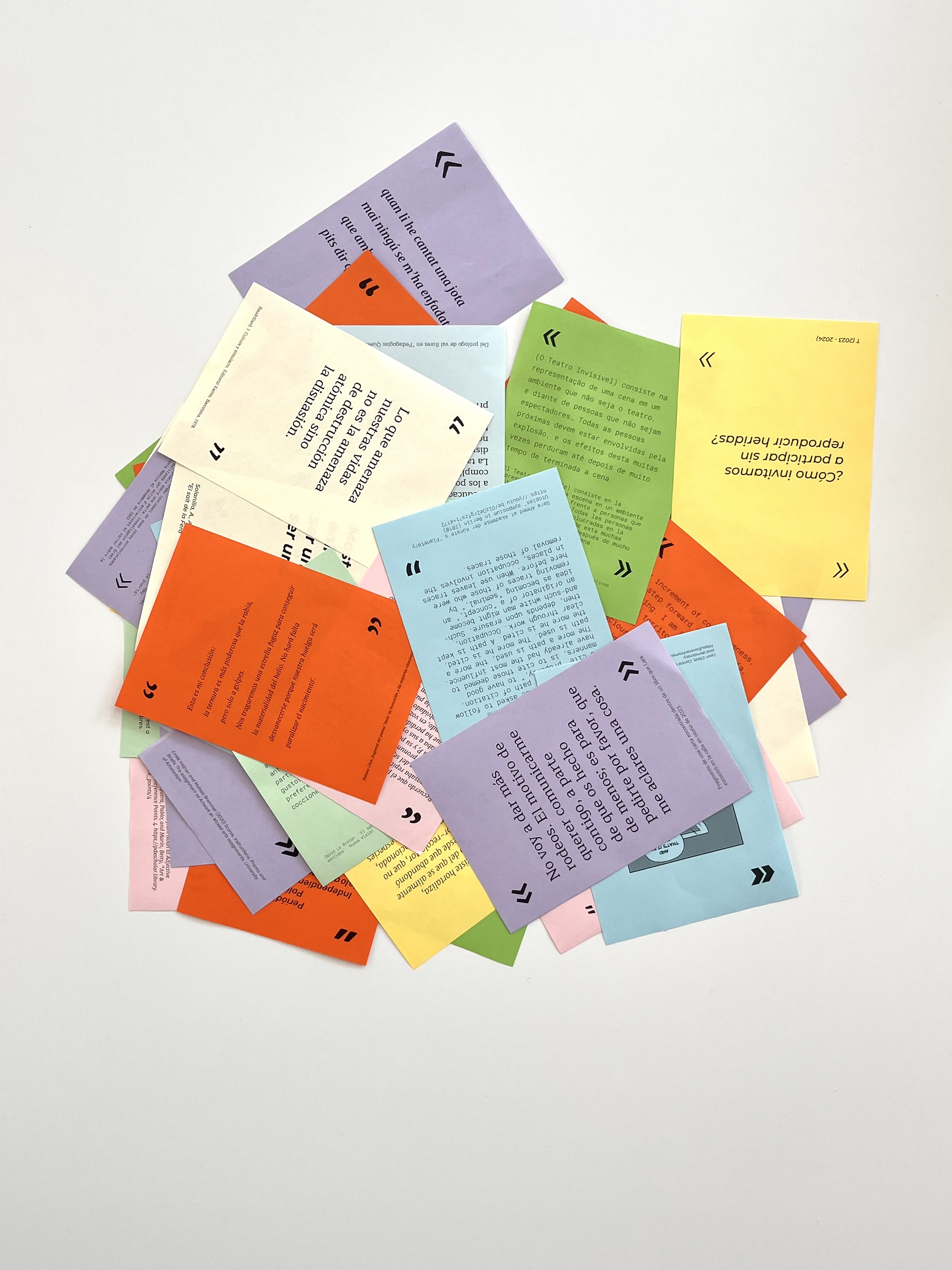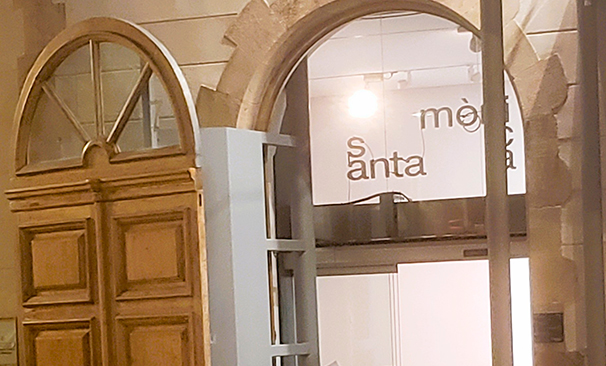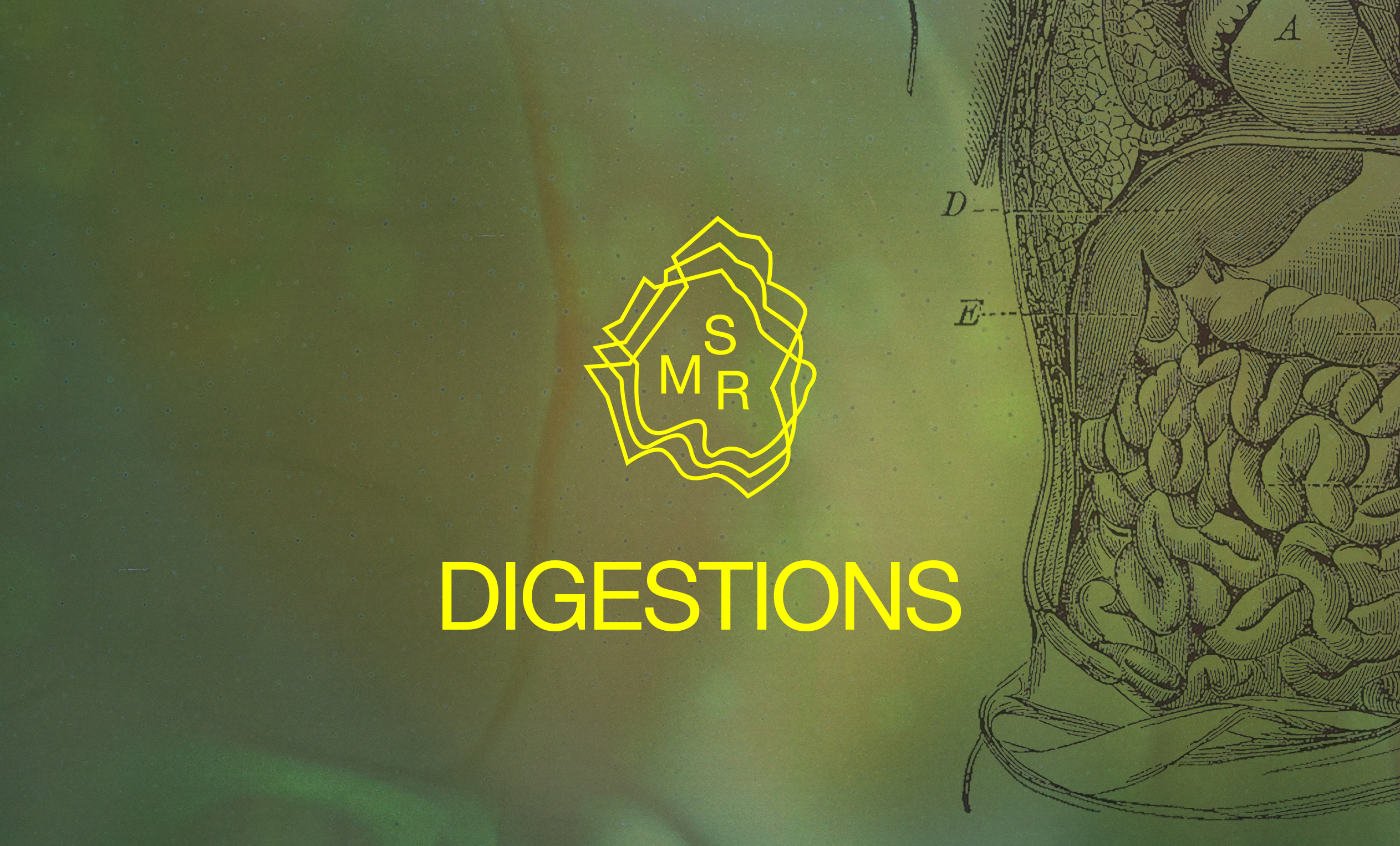Comunicació interna
The comic as a tool for recording, relating and socialising a process or project.
Abstract
Comunicació interna is a prototype that proposes the use of the comic format to narrate a process (in this case, a decision-making process between a group of artists).
The comic book is a popular type of publication that can be used to visualise and socialise a process or project. Its format makes it easier to succinctly convey content using an enjoyable combination of visual and textual representation in a series of vignettes. In addition, it also allows us to incorporate both realistic and speculative moments and create different levels of meaning and offers the possibility of including humour when constructing and explaining the story.
BACKGROUND
- A fact about the group that you would like to make known.
- The group of people who have been part of this event and who agree to collaborate with the project.
- A professional illustrator.
- Contact with people familiar with the process of creating a comic book in order to be able to ask them questions and receive advice.
- Printing services.
INGREDIENTS
1. Choose the process you want to narrate and gather as much information as you can: images of documentation, papers and diagrams, graphic and visual material, etc. From here, define the comic's focus, according to your objectives and motivations.
2. Draw up a calendar and a budget, and contact professional illustrators and printers.
3. Write out the timeline of the process you want to explain in the comic.
4. Have a first meeting with the person who will be in charge of the illustration to explain the assignment and the motivations for the proposal, and also to share the chronology of events to be recounted and to clarify any initial doubts.
5. Draw up a first proposal for a script.
6. Ask the person in charge of the illustration to provide a first illustration of the script contents in the form of vignettes, within the estimated number of pages according to the possibilities and limitations of the production budget. Review the result together once it is finished.
7. Rewrite and adjust the script on the basis of the first content development. Get advice, if necessary, on how to explain in comic book format what is untranslatable about the process's situations and aspects that have generated alarm bells or concerns.
8. Write a final version of the script and ask for the corresponding comic book proposal.
9. Share the comic book proposal with the people who appear in it and share any issues, so they can review it and give their approval.
10. Make a final revision of the final comic book proposal and prepare the layout.
11. Send the comic book to print.
12. Once printed, organise a presentation and publicise it.
STEPS
We recommend, first and foremost, to look for allies or like-minded people who have experience in the issues you want to address. It is important to be able to consult them when bringing together and adapting the more complex parts of the process being narrated. They will help ensure respectful adaptation.
Ask for the review and approval of the people who appear in the comic, even if they appear in a fictionalised or non-literal form.
Make sure that the people who will coordinate all this work and write your script have first-hand experience of the process you are telling the story about.
RECOMMENDATIONS AND ADVICE
Materialisations
Communication Guild Prototype 23-24
Lara Martínez, Ángela Palacios and Anna Vilamú Bosch
Conceptualisation, script, editing, coordination and design:
Lara Martínez, Ángela Palacios and Anna Vilamú Bosch (Communication Guild).
Illustrations:
Roberta Vázquez.
Participants:
Tatiana Antoni Conesa and Violeta Ospina Domínguez (Participation Guild)
Antonis Antoniou, Verónica Lahitte and Carla Lupa (Edition Guild)
Carlos Carbonell, Quelic Berga and Marc Villanueva Mir (Digitalisation Guild)
Alexandra Laudo, Yazel Parra Nahmens and Laura Torres Gandía (Gastronomy Guild)
Pedro Bennaton, Cristina Candela and Anna Solanilla (Spaces Guild)
Rosa Llop, Martí de la Malla and Sara Manubens (Education Guild).
Acknowledgements: Verónica Lahitte, La Escocesa risography workshop.
PROTOTYPE CREDITS 23-24
* This recipe is based on documentation of the entire process. For more details, contact us at santamonica@gencat.cat.
